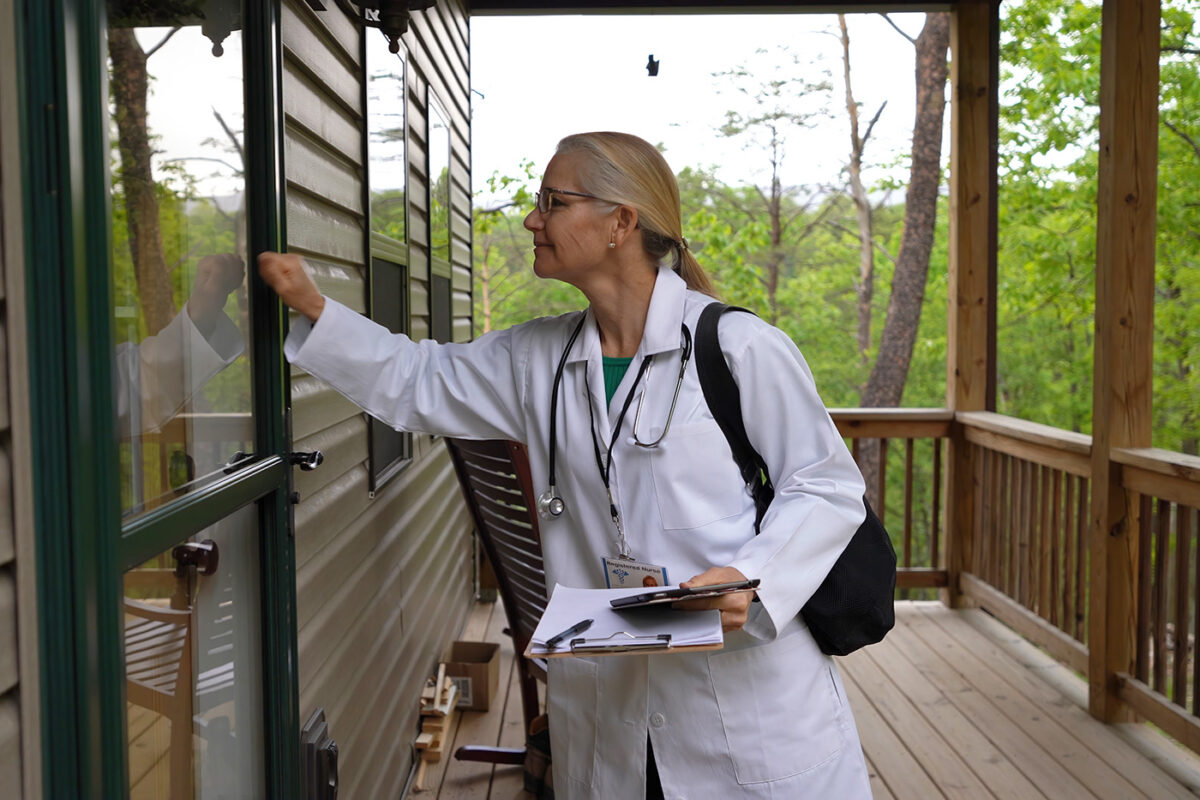
Among individuals who were patients at the Sebastian County crisis stabilization unit (CSU) in its first year of operation, total days spent in jail in the six months after CSU intervention decreased by 27.5% compared to the six months before CSU intervention, according to a report by ACHI.
The report, “Sebastian County Crisis Stabilization Unit Patient Utilization and Expenditures Profile,” offers the first look at the impacts of one of Arkansas’s crisis stabilization units. The state has four CSUs, which were created as alternatives to jails and emergency rooms for people in crisis who encounter law enforcement. Gov. Asa Hutchinson and the Arkansas General Assembly authorized creation of the units under Act 423 of 2017. They are located in Sebastian, Pulaski, Washington, and Craighead counties.
Our study was confined to the Sebastian County CSU, which opened in Fort Smith in March 2018. Using data from the Arkansas Healthcare Transparency Initiative’s All-Payer Claims Database, our team assessed inpatient acute care hospital stays, emergency department visits, hospital observation stays of less than 24 hours, and outpatient visits and their associated costs for 235 Sebastian County CSU patients who had at least 12 months of continuous healthcare coverage. We also used jail booking data to assess jail involvement among the same group of CSU patients. CSU patients were assessed for changes in healthcare utilization and jail involvement in the six months following CSU intervention compared to the six months prior to CSU intervention. Inpatient hospital stays, emergency department visits, hospital observation stays and jail bookings were considered undesirable events for purposes of the assessment.
Key findings:
- The overwhelming majority of the CSU patients obtained their healthcare coverage through the state Medicaid program, either through traditional Medicaid (70.6%) or the Arkansas Works Medicaid expansion program (15.7%).
- Significant percentages of the CSU patients experienced improvements in appropriate medical utilization or jail involvement following CSU intervention. Overall, there was a decrease in the number of CSU patients who experienced any undesirable event (either medical- or jail-related) in the post-CSU period, and nearly half of those who experienced an undesirable event did so less often.
- Much of the improvement observed in the cohort following CSU intervention was in jail involvement. Reductions in the number of CSU patients booked, total bookings, and total jail days were observed in the post-CSU period, with the most discernible reduction being a 27.5% decrease in total jail days. Improvements in medical utilization among CSU patients were less apparent.
- Total and per member per month costs to Medicaid — either through the traditional fee-for-service Medicaid program or the Arkansas Works expansion program — increased in the post-CSU period, which could be the result of increased utilization of more costly emergency department and inpatient services or an increase in reimbursement rates from year to year in the Arkansas Works program.
- Total and per member per month costs for CSU patients with commercial coverage outside of Medicaid decreased in the post-CSU period, despite more patients incurring costs. This suggests that CSU patients in commercial coverage likely experienced less medical utilization or utilized less costly services.






